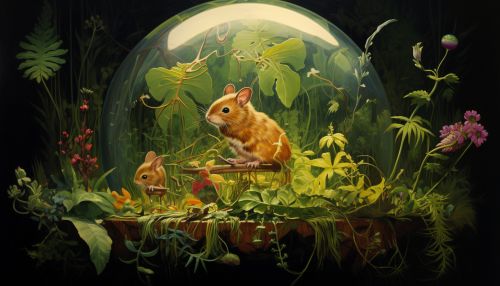Heterotroph
Overview
A heterotroph is an organism that cannot manufacture its own food and instead obtains its food and energy by taking in organic substances, usually plant or animal matter. All animals, protozoans, fungi, and most bacteria are heterotrophs. Heterotrophs represent one of the two fundamental divisions of living organisms; the other division is the autotrophs, which can synthesize their own food and energy.


Classification
Heterotrophs are classified into three types based on their nutrient requirements. These include photoheterotrophs, chemoheterotrophs, and saprophytic heterotrophs. Photoheterotrophs obtain energy from light but cannot use carbon dioxide as their sole carbon source. Chemoheterotrophs, which include humans and other animals, obtain energy by ingesting organic compounds. Saprophytic heterotrophs, such as fungi, obtain energy from decaying organic matter.
Metabolism
The metabolism of heterotrophs is characterized by the process of cellular respiration, in which the organic compounds ingested are broken down to release energy. This process involves three stages: glycolysis, the Krebs cycle, and the electron transport chain. The energy released is used for various cellular processes, including growth, reproduction, and movement.
Role in Ecosystems
Heterotrophs play a crucial role in ecosystems as they form an essential part of the food chain. They serve as consumers in the food chain, feeding on autotrophs or other heterotrophs to transfer energy through the ecosystem. Heterotrophs also play a role in nutrient cycling as they break down organic matter, releasing nutrients back into the environment.
Evolution
The evolution of heterotrophy is a subject of ongoing research. It is believed that the first organisms on Earth were heterotrophs, relying on organic compounds present in their environment for energy. Over time, some of these organisms evolved the ability to photosynthesize, becoming the first autotrophs.
